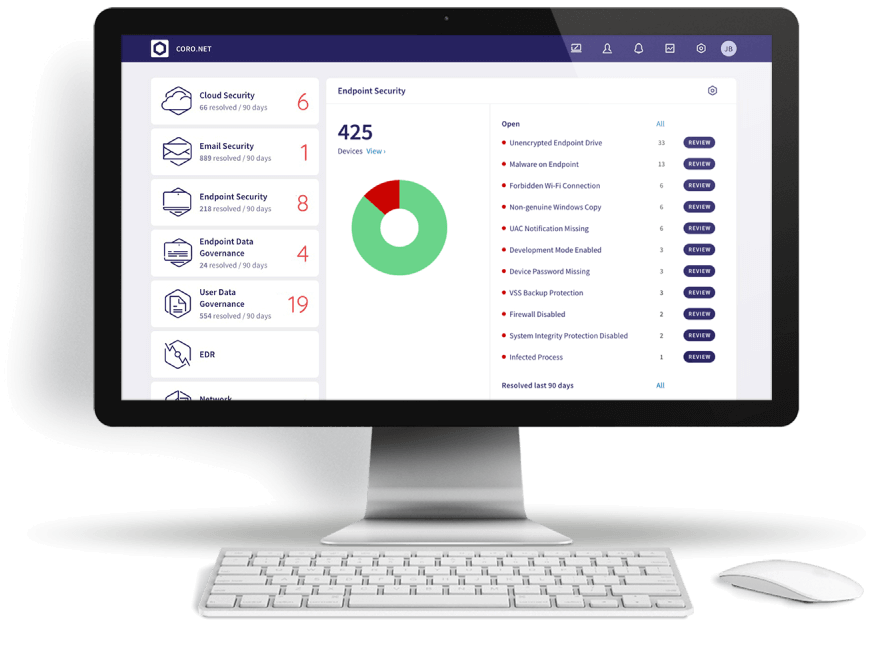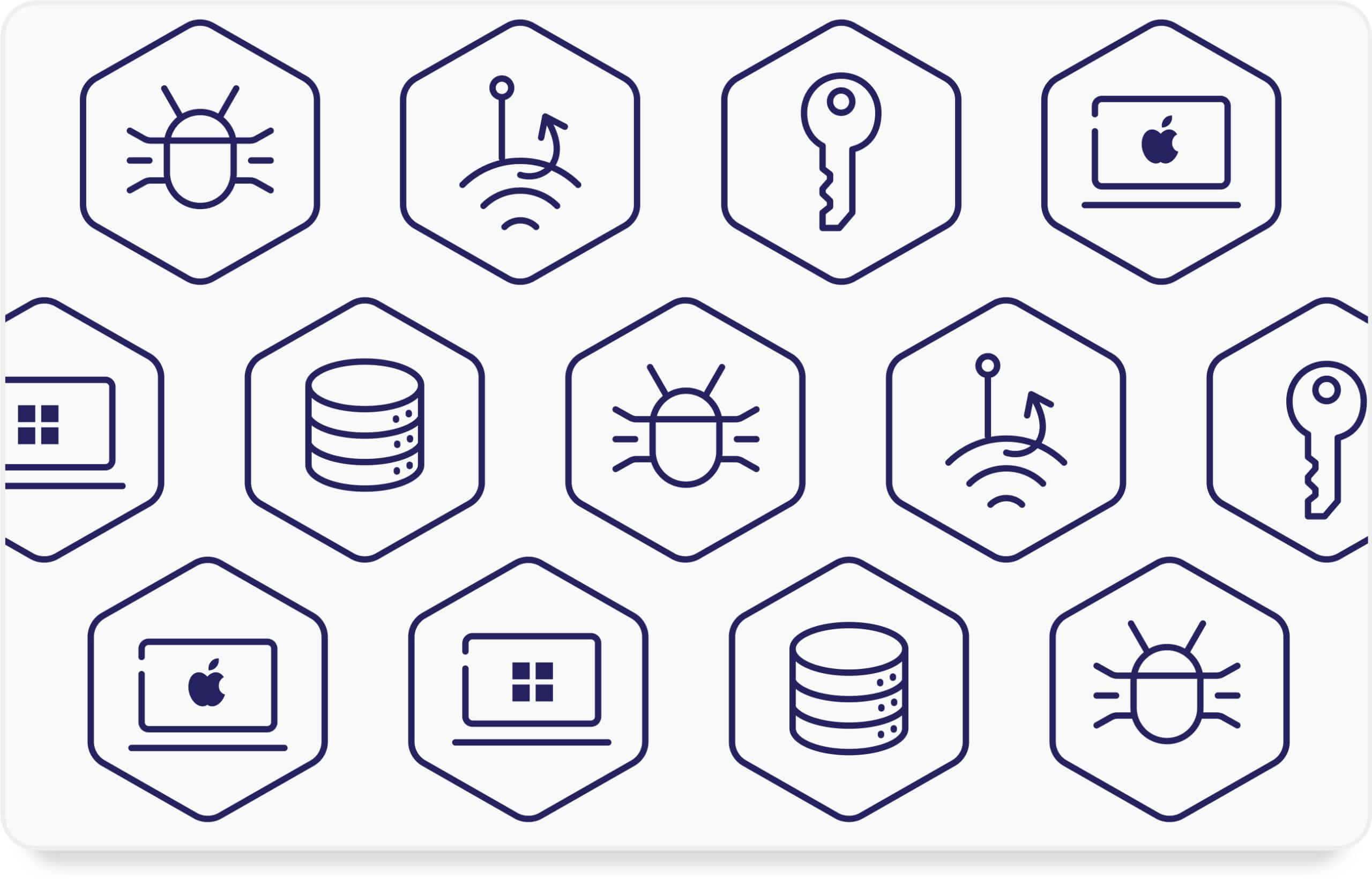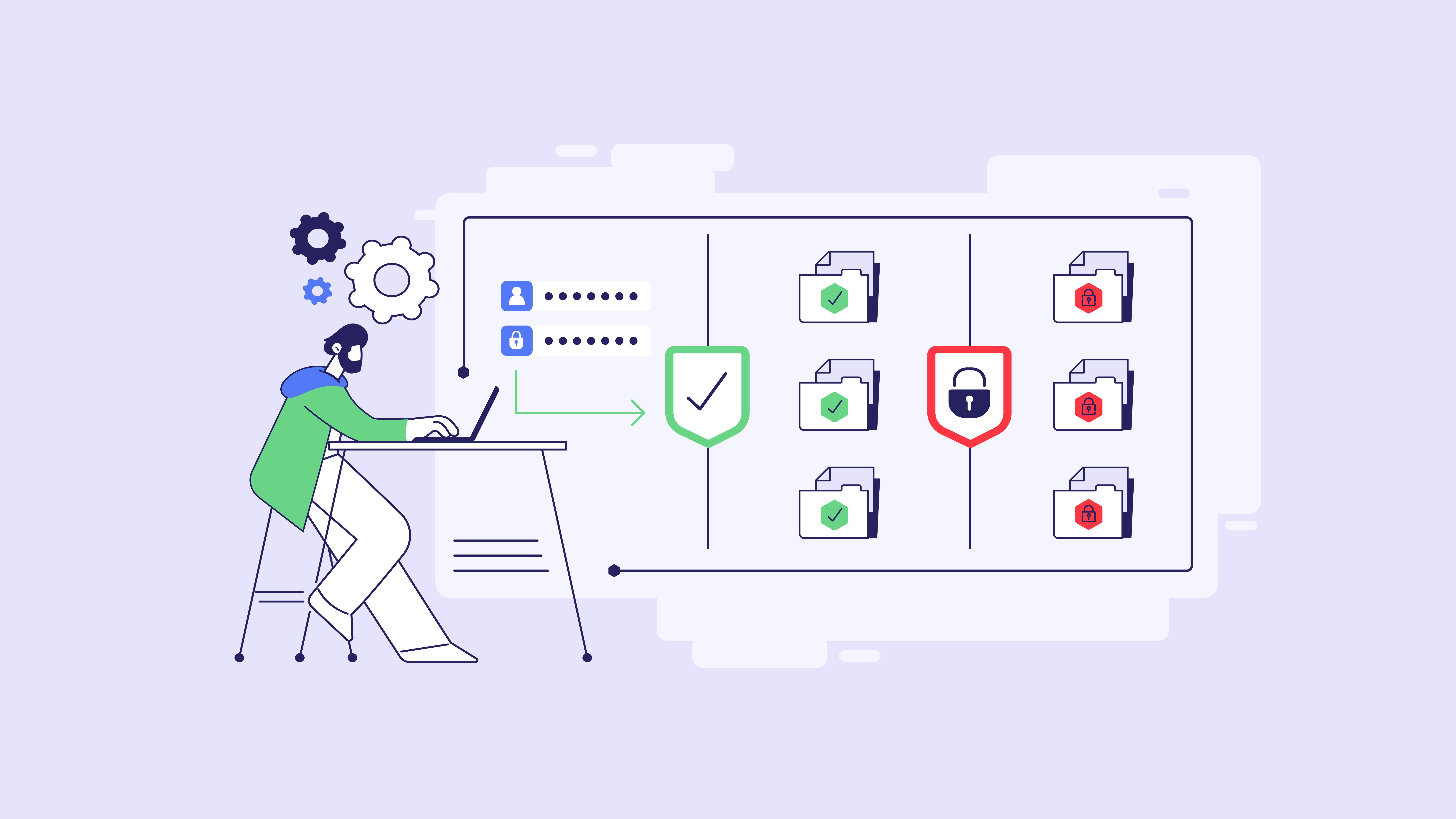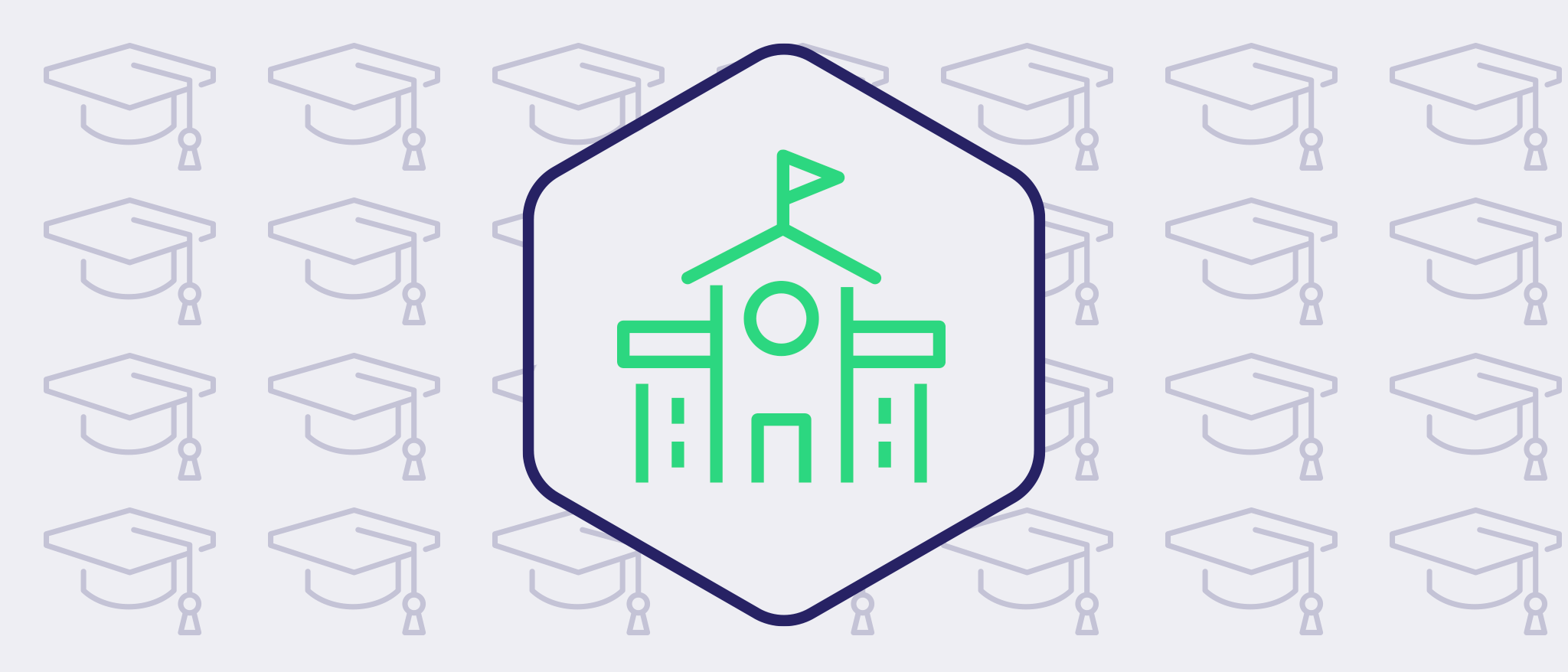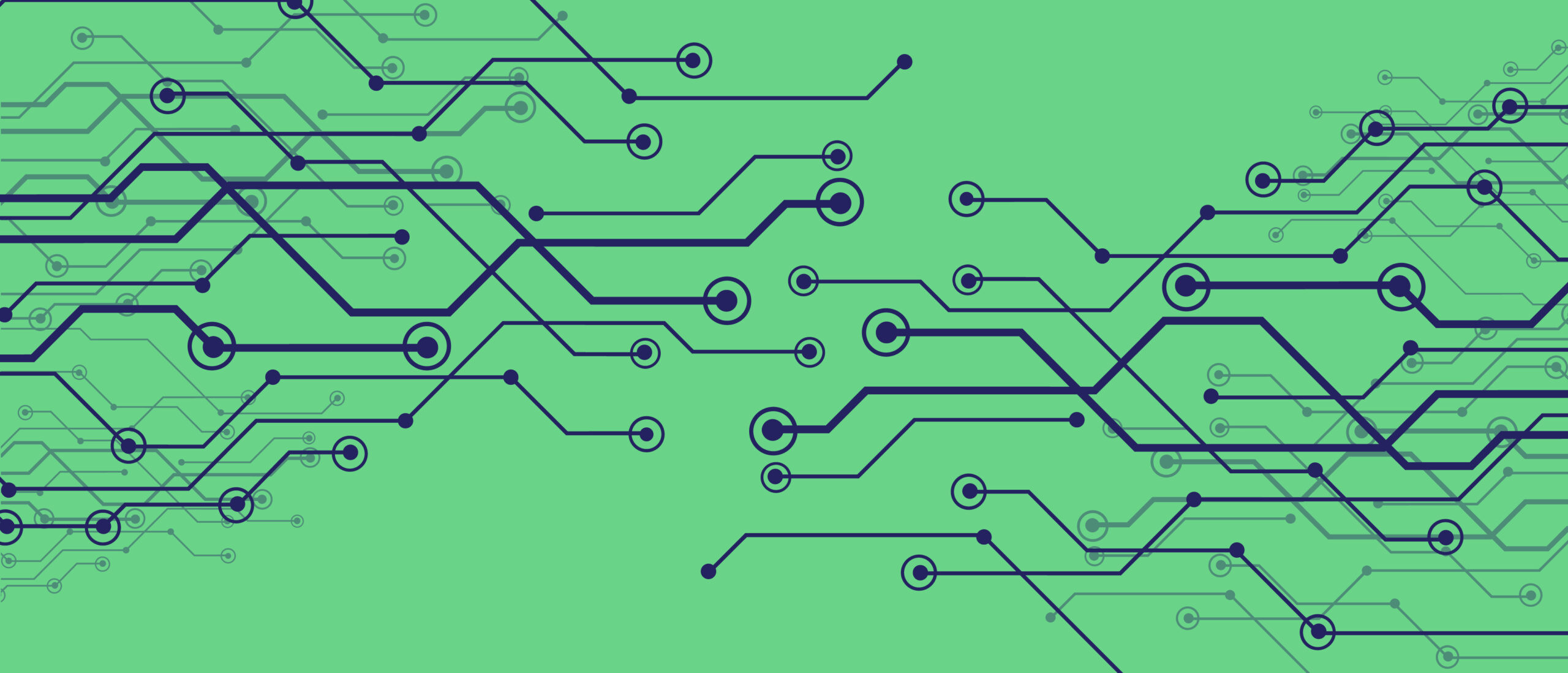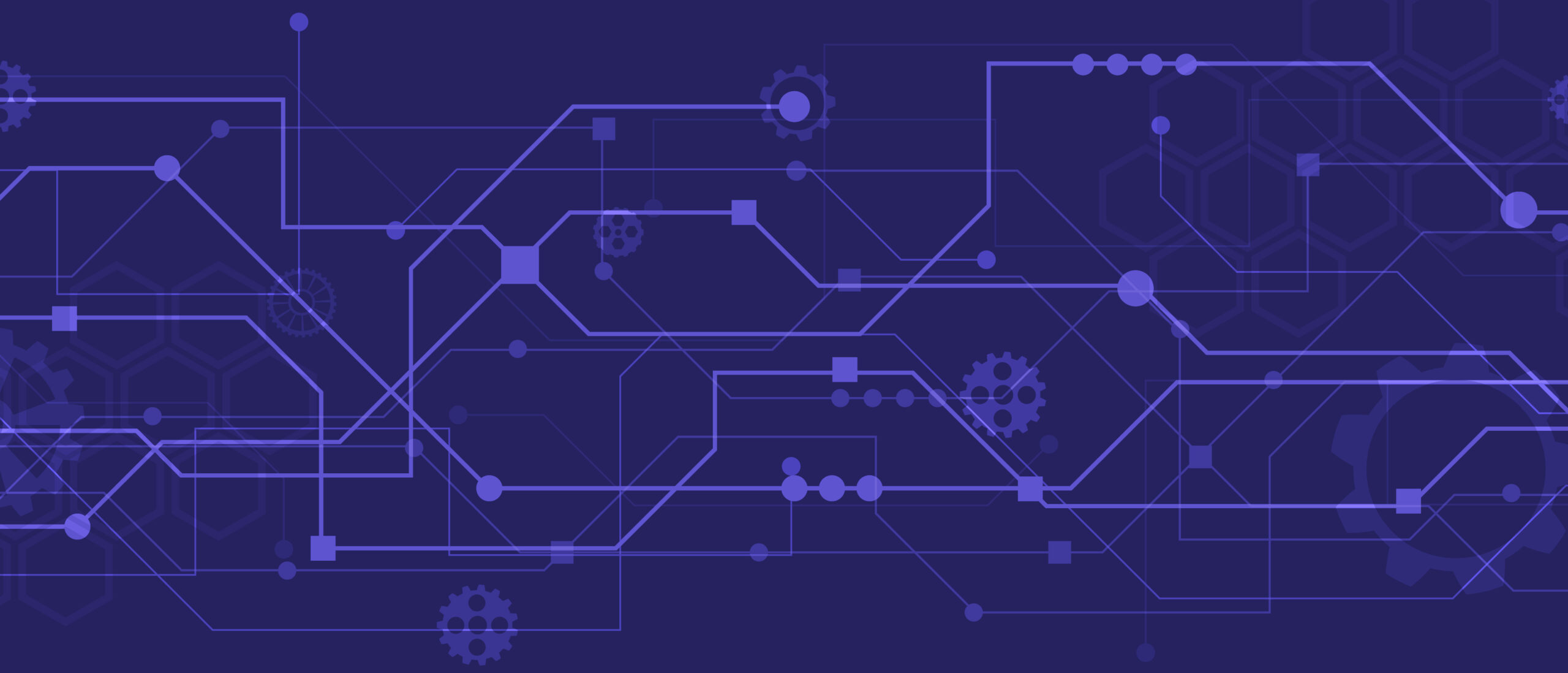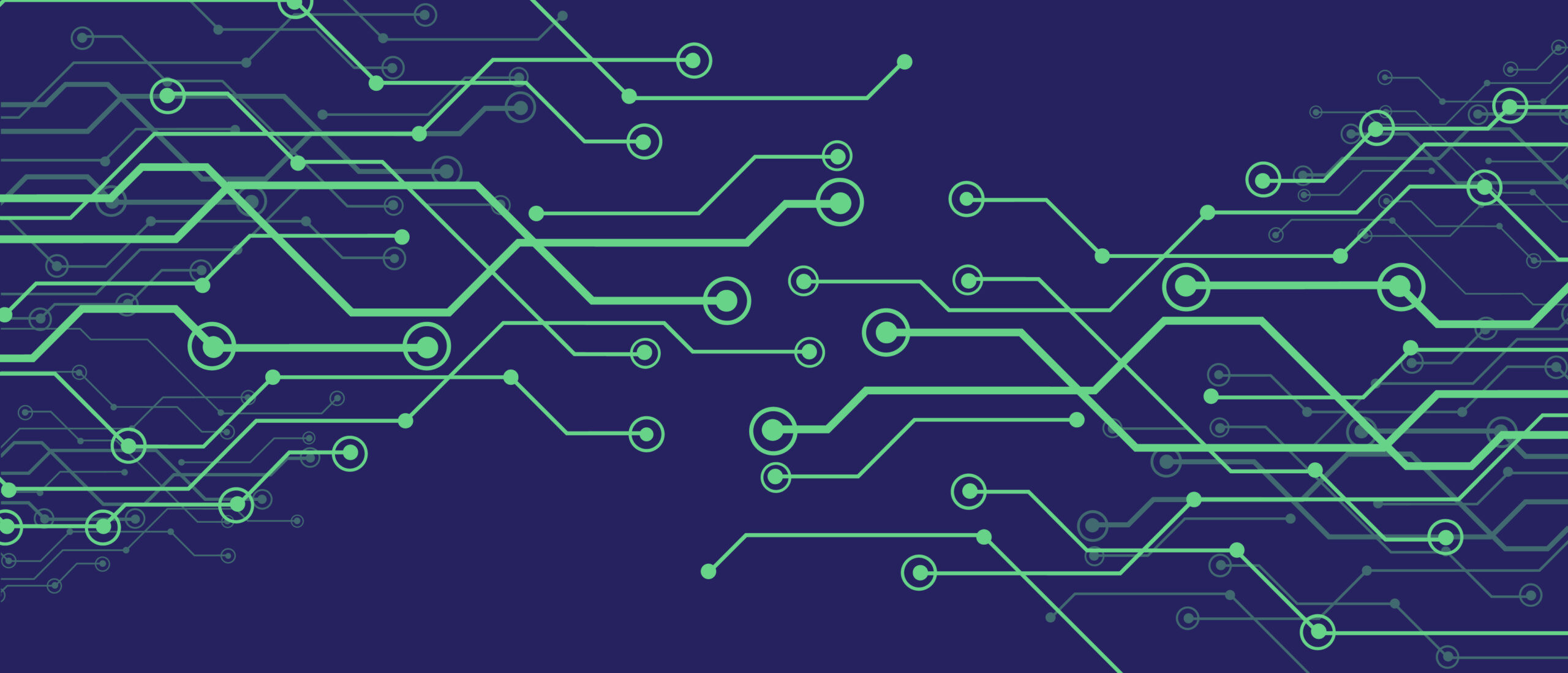When we hear about cyberattacks, most of us picture attacks on financial institutions and businesses, not schools or colleges. The fact is that almost ten percent of all global cyber attacks target the education sector, and the number is growing. Between 2021 and 2022, there was a 44% jump in cyberattacks against the education sector, representing over 2,000 attacks per week.
Colleges and universities collect and store valuable information, including donor information, students’ financial and personal information, and research data that can prove highly lucrative for hackers. Many universities are connected to each other as well as public and private companies, which means that one successful breach in a single node could lead to crippling attacks across the entire chain.
Since the pandemic, students increasingly rely on online learning and collaborating platforms, accessed using their own unsecured devices. They may not have the cybersecurity knowledge to keep their information safe. Many universities don’t have the budgets or IT resources to monitor and protect their network, compounding the issues. In short, cybercriminals have realized that colleges and universities are soft targets and are taking full advantage.
Colleges and universities must prioritize cybersecurity to avoid the same losses of time, money, and reputation that businesses have faced in the last few years.
Why Is Higher Education So Vulnerable?
If history has taught us anything, it’s that there isn’t an industry that’s not a target. It’s safe to say that every business and institution worldwide is waging a constant battle against cyber-attackers and their growing networks.
However, colleges and universities have a unique culture that leaves them particularly vulnerable. Whereas most businesses try to remain closed-off and limit access to carefully onboarded and computer-savvy employees, academia has always aimed to be open, welcoming, and transparent with their donors, faculty, and students. This ethos has extended to their networks, which may be a little too accessible for safety’s sake. Higher learning institutes were also one of the first places that provided people with internet access. This proud legacy has meant that universities and colleges have been visible targets for years, and their weaknesses are well-understood. Many of these institutions were the first to adopt the Internet and IT systems. It was extremely beneficial for the students at the time, but meant that they are still using some of the earliest decentralized networks and cybersecurity protocols on the market. This leaves them far more vulnerable to attack.
We also have to consider a college’s unique organizational structure. Astrophysics, computer science, and literature departments all have different IT needs, which means many of these institutions have adopted disparate, haphazardly connected systems out of necessity. This setup has increased their potential attack surface and the number of weak spots in their defenses. Suppose each university has a dozen or several dozen departments. In that case, there’s a good chance that one or two are using outdated devices, unpatched operating systems, or a faulty backup system that could bring the entire institution down.
The last factor is the need for IT resources. There is a real shortage of skilled cybersecurity professionals in the US, and businesses are paying top dollar to attract cybersecurity experts. Most colleges and universities simply can’t compete with the salaries and perks that the private sector is willing to shell out, which means they don’t have access to the expertise they need to maintain a solid defensive posture.
What Are the Consequences of Inadequate Security?
The consequences that higher educational institutions face are similar to the fall-out we’ve seen for businesses, but the effects can be far greater because of the number of people affected.
In late November 2022, 44,000 students and numerous vendors at Louisiana’s Xavier University had their personal data stolen during a cyberattack, including full names and social security numbers that could be used to commit a number of identity fraud-related crimes. Technion University was subjected to a $1.7-million ransomware attack, which forced them to postpone exams. A similar incident led Bluefield University to revoke students’ access to crucial systems right before their exams.
Suffice it to say; many colleges never recover from incidents like these. Despite having record-breaking enrollment numbers in 2019, a 2021 cyberattack ultimately caused Lincoln College to close its doors for good after 157 years.
Colleges keep valuable information like addresses, medical data, social security numbers, credit card, and banking information in their systems. As a result, hackers will continue to target these institutions.
How Attackers Exploit Vulnerabilities at Colleges
Before any institution can address cybersecurity threats, they have to understand what they are dealing with. Here are just some of the most pressing threats colleges, universities, and research facilities face:
Phishing attacks are extremely common at colleges and universities. A hacker will pretend to be someone a student or faculty member knows and then send emails or DMs to trick them into providing sensitive information like passwords. For example, hackers may pose as the college to gain access to a student or faculty login, which they then use to access the institution’s digital system and data.
At other times, they target university presidents or facility members by studying and mimicking their behavior; this is called a spear phishing attack. Phishing scams are often hard to identify and block, especially since most students and staff use their personal devices on campus.
Ransomware is a type of malware that encrypts a victim’s files and demands a ransom payment in exchange for the decryption key. Ransomware attacks can have a devastating impact on an organization, disrupting operations, damaging reputations, and costing millions of dollars.
There are a number of ways that ransomware can be delivered, including:
- Phishing emails: Ransomware attackers often send phishing emails that contain malicious attachments or links. When the victim opens the attachment or clicks on the link, the ransomware is installed on their computer.
- Malvertising: Ransomware can also be delivered through fake ads displayed on legitimate websites. When the victim clicks on the ad, the ransomware is installed on their computer.
- Drive-by downloads: Ransomware can also be installed on a computer when a malicious file is downloaded without the victim’s knowledge or consent.
Once ransomware is installed on a computer, it will begin to encrypt the victim’s files. The encryption process can take several hours or even days, depending on the amount of data that is being encrypted. Once the encryption process is complete, the ransomware will display a message that demands a ransom payment in exchange for the decryption key.
The ransom payment is typically demanded in cryptocurrency, such as Bitcoin or Ethereum. The ransom amount can vary, but it is often in the thousands or even tens of thousands of dollars.
If a victim pays the ransom, there is no guarantee that they will receive the decryption key. In fact, many ransomware attackers simply take the money and run.
Structured Query Language (SQL) Injections
SQL stands for Structured Query Language. It is a programming language used for managing and manipulating relational databases.
Imagine you have a filing cabinet filled with different folders containing information about employees in a company. Each folder represents a table in a database. Inside each folder, there are sheets of paper with specific details about each employee, such as their name, salary, and department.
SQL is like a special language that allows you to interact with this filing cabinet and retrieve the information you need. You can ask questions like, “Show me the names and salaries of all employees in the Sales department, sorted by their last names.”
In this analogy, SQL is the language you use to communicate with the filing cabinet (the database), and the query you write is like a request to find and organize the specific information you want from the folders (tables) in the filing cabinet. The result of the query is like a report that displays the requested data in a structured manner, similar to how you might receive a printed list of employees’ names and salaries in the example query above.
SQL injection is a type of cyber attack where an attacker can inject malicious code into a database by manipulating user input. This can allow the attacker to gain unauthorized access to the database, steal data, or even take control of the database. (Think of it as a hacker making a copy of the key to the filing cabinet).
SQL injection attacks are often carried out by exploiting vulnerabilities in web applications. When a user enters data into a web application, that data is sent to the database. If the application is not properly secured, the attacker can inject malicious code into the data, which will then be executed by the database.
Colleges and other learning institutions are very vulnerable to these attacks because of the number of query boxes on their website.
Data Breaches
A data breach is an incident in which data is exposed to an unauthorized person. This can happen in a variety of ways, such as hacking, phishing, or malware. Data breaches can have a significant impact on colleges, including financial losses, identity theft, and reputational damage.
There have been several high-profile hacks in recent years:
- May 2022: A ransomware attack forced 157-year-old Lincoln College to close its doors.
- May 2022: The FBI warned US colleges about widespread VPN credential leaks.
- November 2022: A cyberattack forced the University of Duisburg-Essen (UDE) to rebuild its IT infrastructure.
- November 2022: All public schools in two Michigan counties closed for several days after a cyberattack.
- November 2022: Cincinnati State College suffered a data breach that exposed the personal information of thousands of students and employees.
- November 2022: New Jersey schools shut down for three days after an unauthorized party gained access to the system.
The information that is stolen is often sold on the dark web, where criminals use it to commit identity theft or to attack friends and family members of the victims.
Outdated Technology
Many universities use old technology, which makes them more likely to be targeted by hackers. If they don’t update their software regularly, they become even more vulnerable. Universities should regularly check if their devices and programs are still safe to use. It’s also important to set aside time for software updates.
How Coro Can Prevent Cyber Attacks on Colleges and Universities
There are extremely sophisticated cybersecurity tools out there, but a lot of them require a full-time, well-trained IT SOC team that can manage the implementation and monitor the network to spot potential attacks. The cheaper, off-the-shelf solutions often focus on one area of cybersecurity, e.g., securing emails or cloud applications, which only cover a fraction of the vulnerabilities that colleges have. You may end up buying multiple cheap solutions, which add up to a lot of money. You need an all-in-one, seamless and affordable solution that is powerful enough to ward off sophisticated cyber attacks, without requiring additional IT staff and resources. You need Coro.
1. Implement Better Email Security
Universities and colleges need to educate their users about email security. Washington State University holds an annual cybersecurity awareness month and aims to foster a general culture of being aware of cyber threats, especially phishing, which has been extremely helpful. Of course, trusting students to do the right thing isn’t always enough.
Coro provides a robust email solution that includes:
- Email filters automatically analyze incoming emails and identify potential phishing attempts based on known patterns and indicators. They can block or flag suspicious emails, preventing them from reaching users’ inboxes.
- Anti-malware and antivirus software that scan incoming emails, attachments, and links for malicious content, including phishing attempts. They can detect and remove phishing emails or alert users about potential risks.
- Web filters and URL scanners analyze URLs and web content to identify malicious websites that are commonly used in phishing attacks. They can block access to such websites or warn users about potential dangers.
- Two-factor authentication (2FA) adds an extra layer of protection to user accounts by requiring an additional verification step, usually through a mobile phone or token. By implementing 2FA, even if users fall for a phishing attack and provide their credentials, the attackers won’t be able to access their accounts without the second factor.
- Phishing simulation tools can help colleges simulate and assess the effectiveness of their anti-phishing measures. They send simulated phishing emails to employees and students and track their responses, providing insights into vulnerabilities and areas for improvement.
2. Prevent SQL Injections Through Prepared statements, Stored procedures, and Input Validation
At Coro, we use prepared statements, stored procedures and input validation to keep your database safe.
Prepared statements are like protective shields. They help ensure that even if attackers try to sneak SQL commands into usernames or passwords, the database understands the real purpose of the query. This makes it difficult for attackers to manipulate the database using SQL injections.
Stored procedures work similarly. They store SQL code in the database and are called by the application when needed. While they may not always be the best solution, they add an extra layer of security to the database when used correctly.
Input validation is also essential. SQLi attacks exploit weak points in databases that don’t properly check user input. By setting strict rules for what input is allowed, colleges and universities can prevent attackers from injecting malicious SQL code into the system.
3. Use Adequate Firewalls and Monitoring Tools
Coro provides next-generation firewalls and monitoring tools act as a protective barrier between a college’s internal network and external threats. They monitor network traffic and help prevent unauthorized access, providing an extra layer of security against ransomware attacks.
Regularly updating software is vital. Updates often include security patches that fix known vulnerabilities. By staying up to date, colleges can better protect their systems from potential ransomware threats.
Colleges can utilize various monitoring tools to enhance their security measures. One such tool is SIEM (Security Information and Event Management). SIEM tools collect and analyze security logs from different sources, such as firewalls and intrusion detection systems. By examining this data, potential security threats and incidents can be identified and addressed.
IDS (Intrusion Detection Systems) continuously monitors network traffic for any signs of malicious activity. If suspicious behavior is detected, the IDS generates an alert or blocks the suspicious traffic, providing an additional layer of defense.
IPS (Intrusion Prevention Systems) function similarly to IDS but also takes proactive steps to prevent malicious activity. For instance, an IPS can block a connection that is deemed malicious or quarantine a file that may pose a threat.
Colleges can also employ vulnerability scanners to identify known security weaknesses within their networks and systems. These scanners help prioritize remediation efforts, reducing the risk of successful attacks by addressing vulnerabilities promptly.
4. Prepare for Remote Learning
Higher-education institutions had to move quickly to adapt to the new normal during COVID, which may have meant skipping the risk assessments needed to secure distance-learning setups. Network monitoring isn’t generally enforced in systems like decentralized distance learning, so ensure that your data is protected through:
Identity Protection
Make sure that students accessing online learning portals have strong security measures in place, such as:
- Using strong passwords that are complex and need to be changed regularly.
- Limiting the number of failed login attempts before temporarily locking out a user.
- Consider using two-factor authentication, where users need to provide additional verification along with their password.
- Using location-based filtering for logins if possible.
Remote-access Options
Use secure networks when connecting remotely. Consider using a virtual private network (VPN) or a remote desktop protocol (RDP) gateway for a university network. These secure networks are important because people connect to work and study from different locations. Whenever possible, require users to log in to a VPN to access the university portal, as it adds an extra layer of protection when users connect from non-secure home networks.
Provide clear instructions for students to download the VPN from the university’s approved website to avoid downloading potentially harmful applications from unauthorized sources.
Coro has several modules uniquely designed to protect remote students and institutions from attack.
5. Conduct Risk Assessments and Review Your BCPs
Coro will work with your team to review and establish rules for remote access, user behavior monitoring, file integrity checks, and protection against malware and intrusion, then address any security gaps promptly.
Coro can keep remote-access services and devices updated with the latest firmware and security patches, close unnecessary ports, and investigate any unusual network traffic.
We will also ensure that all tools and applications/systems used in the IT infrastructure, including the VPN, are up-to-date and free of vulnerabilities.
We will also help you to update your business continuity plans (BCPs) and disaster recovery plans (CRPs) to accommodate digital tools and remote learning shifts. We can help you identify your most critical data assets, also known as “crown jewels,” and ensure they are appropriately addressed in the plans.
This evaluation will consider implementing secure file-sharing methods between students and teachers to protect sensitive information. Trust Coro to develop comprehensive plans and playbooks that specifically address cybersecurity breaches, involving all key stakeholders and considering the unique challenges of distance learning.
We will conduct tabletop exercises with administrators and faculty members. These exercises will help inventory the current business applications and identify the mission-critical systems that must be safeguarded. Lastly, security policies must be updated to address increased remote connectivity effectively. This should emphasize data privacy measures and strengthen intrusion detection mechanisms across multiple entry points.
Trust Coro With Your Cybersecurity Needs
Coro understands the unique needs (and limitations) that colleges face. We can protect your college or university’s network, employees, and students from cyber threats, without placing greater demands on your IT team or taking control away from them.
Coro uses artificial intelligence (AI) and automation to detect and respond to threats in real-time. This means that you can be alerted to threats immediately and take action to mitigate the damage. We don’t just address one vulnerability. We take care of everything, from apps to email, to network security and remote systems, without the price tag you’d expect from a holistic solution provider.
Coro also integrates with popular productivity suites like Office 365 and Google Workspace, making it easy for colleges to manage their security without disrupting their day-to-day operations.
In addition to its powerful security features, Coro is also affordable and easy to use. This makes it a great option for colleges that have a limited amount of resources to invest in cybersecurity.
If you’re a college administrator or IT manager who’s concerned about cybersecurity, get in touch with Coro.

